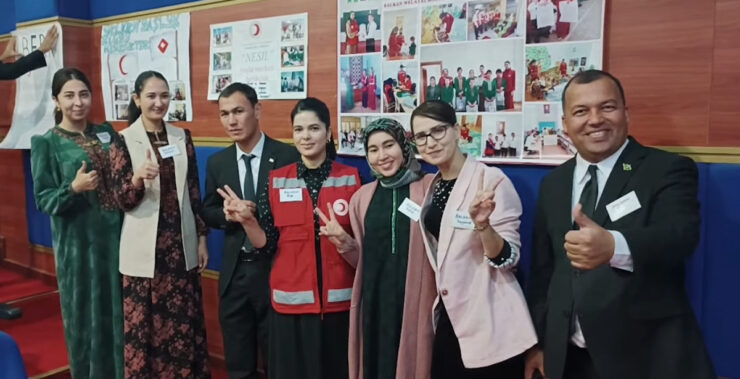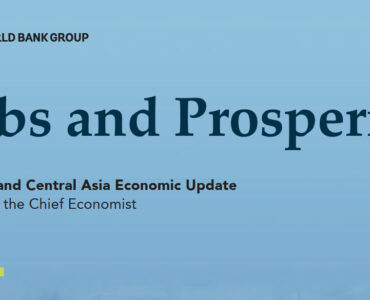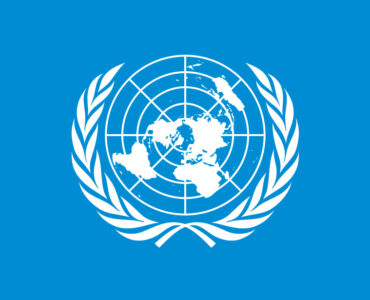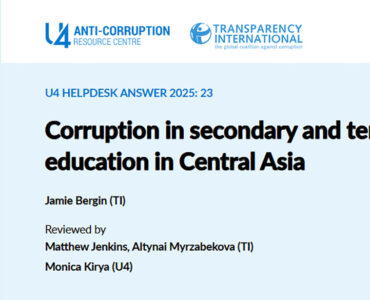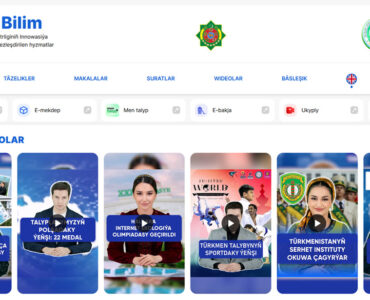The United Nations Volunteers programme (UNV) launched the first regional report on the State of Volunteering in the Central Asia Review. It showcases the evolution of volunteering practices and the impact of volunteer efforts in achieving national priorities and the Sustainable Development Goals. The report also identifies best practices and provides recommendations to further harness the power of volunteering in the region.
In Turkmenistan, the Law on Volunteering adopted in January 12, 2016 and amended in 2017, establishes the legal basis for volunteering and defines the basic principles and objectives. There are several organizations involved in volunteering activities in Turkmenistan that were highlighted in the report as exemplary.
- Keyik Okara, an NGO registered in the 2000s, organized the “Leadership in Turkmenistan” project involving young people ages 18-30. One of the winning projects that came out of this initiative was the ‘Donation’ project where volunteers disseminated information to 5,000 people about the problem of blood shortages at hospitals. As a result, about 700 people arrived at the blood transfusion station to donate blood.
- Yenme is a public organization registered in 2012. It implemented a project “On the Path to Success” to promote the professional development of 30 young people who participated in a job fair involving private companies.
- Tebigi Kuwwat is a public organization registered in 2003. It was involved in a European Union project promoting rational use of national resources in the energy and environmental sector of Turkmenistan.
The report also provides the following recommendations to key stakeholders in order to harness the full potential of volunteering to drive social, economic and cultural development:
Donate to support Turkmen analysts, researchers and writers to produce factual, constructive and progressive content in their efforts to educate the public of Turkmenistan.
SUPPORT OUR WORK- For state agencies – involve volunteers and volunteer organizations in implementing state programmes and decision making at the local level, allocate funding for implementation costs, keep statistical records and conduct surveys of volunteers, provide insurance for volunteers in case of health issues or injury.
- For civil society – organize national and regional resource centers for the development of volunteering, create centralized information platforms for the support and development of volunteering, and jointly with the government, promote knowledge sharing with volunteer communities in other countries.
- For businesses – create corporate volunteering programmes to attract more volunteers, and provide corporate funding to support the volunteer efforts of employees and local communities.
Despite these positive trends in volunteering, there are serious impediments to what volunteers can really accomplish in Turkmenistan. Firstly, although the National Red Cross Society in Turkmenistan is involved in volunteering activities and Society’s Youth Movement has 4,000 volunteers, the scope and the impact of their work is limited and they lack meaningful engagement with communities in need. Secondly, there is a lack of independent civil society organizations in Turkmenistan while those few that exist have limited freedom to focus on topics that matter the most or have a real influence on decision making. Moreover, according to the US State Department 2022 Country Reports on Human Rights Practices in Turkmenistan the concept of ‘volunteering’ has been distorted in Turkmenistan. The government forces students and public-sector employees to volunteer during government-sponsored events (e.g. parades, sporting events, holiday celebrations) and public works projects (e.g. planting trees and cleaning streets). Public sector employees are also forced to participate in the cotton harvest while signing declarations that their work was voluntary. However, community projects like these lose their voluntary character given there are penalties for nonparticipation.

